Cooking a turkey can feel a little intimidating, especially if you’re managing gut symptoms and trying to keep everything low FODMAP. The key is having a plan. In this article, you’ll find a wealth of tried-and-true advice from our community to help you create a delicious low FODMAP turkey feast that everyone can enjoy.
Below you’ll find practical tips on how to defrost, season, and cook your turkey, plus plenty of low FODMAP side dish ideas to bring your meal together.
Thawing Your Turkey Safely
Getting the thaw right is the first step to success. Turkey is large and dense, which means it takes time to defrost it safely. Here are methods recommended by our members:
- In the fridge (safest option):
Keep your turkey in its original wrapping, place it on a tray on the bottom shelf, and allow 24 hours for every 4–5 lbs (1.8–2.3kg). That means a 16 lb (7.3kg) turkey will take about four days to thaw. Always use a container or tray to catch drips. - In a cooler or sink (faster option):
Submerge your turkey in cold water. Change the water every 30 minutes to keep it cold and safe. Overnight works for smaller birds, but larger turkeys can take a couple of days. Make sure the turkey is wrapped in it’s original packaging and that it is the only thing in the sink or cooler along with the water. Here’s a note from one member who’s a former butcher: “A sink or a cooler will work perfectly. Add enough water to cover the turkey, it might float, but that’s ok.” - Extra tip: Frozen turkeys act like their own “ice pack,” so if you use a cooler, you won’t need to add ice. This also frees up fridge space for make-ahead dishes.
Prepping and Seasoning Your Turkey
Once thawed, remove the giblets and neck from the cavity (you can use them for stock or gravy). Then you’re ready to season:
- Pat the skin dry before seasoning: This helps the skin crisp beautifully.
- Low FODMAP flavour swaps: Skip onion and garlic. Use garlic-infused oil, spring onion/green onion tops, chives, citrus, and fresh herbs instead.
- Butter or garlic-infused oil: Spread under the skin and over the bird to lock in flavor and moisture. One member swears by sliding in an entire stick of butter!
- Herbs and aromatics: Fresh rosemary, thyme, sage, citrus slices, carrots or celery (yes, this has a low FODMAP serving size) can be stuffed into the cavity. This adds subtle flavor while keeping the meat juicy.
- Tie the legs. Carefully tie the legs together with kitchen twine. This will make the turkey easier to handle throughout the cooking process.
- Brining option: Some members love brining their turkey in a saltwater solution with spices for 24–48 hours before roasting. This helps tenderize the meat and infuse flavor.
Cooking Tips
Think of roasting a turkey as cooking a very large chicken, just slower. Here are our community and expert approved cooking recommendations:
- Oven temperature: Follow the directions on your turkey’s packaging, but a general guide is 175–180°C (350°F) for 13–15 minutes per 450g (1 lb).
- Positioning: Roast breast-side down in a roasting bag or pan for the first half of cooking. This allows juices to flow into the breast meat and keep it moist.
- Basting: Use melted butter or olive oil and baste about every 45 minutes. Tent the turkey with foil if the skin starts getting too dark.
- Rack and pan: Cook on a rack inside a roasting pan so the turkey cooks evenly. If using a disposable aluminum pan, place it on a baking tray for stability.
- Use a meat thermometer: Turkey breast should reach 74°C / 165°F. Check both the breast and thigh to ensure even cooking
- Resting: Let your turkey rest for at least 20–30 minutes before carving so the juices redistribute. Big turkeys might need to rest for up to 45 minutes (covered loosely with foil) before carving.
- Spatchcocking option: If you need to cook the turkey in a hurry, then use the spatchcock method. Flattening the turkey reduces cooking time and ensures even roasting.
Bonus Tips for Success
- Plan for leftovers: Portion some meat straight into containers for soups, salads or sandwiches.
- Food safety: Refrigerate leftovers within two hours. Store in the fridge for 3–4 days or freeze for later.
The Turkey was Cooked with Onion and Garlic Can I Still Eat It?
Ideally, we’d recommend cooking the turkey without onion or garlic as this will help lower the FODMAP content of your meal. However, if this isn’t possible, then that’s okay. Here are some tips from FODMAP-trained dietitian, Joanna Baker:
“According to Monash University, 1 tablespoon of white or brown onion is low FODMAP, so many people will tolerate the turkey meat if it has been cooked with onion. We’d suggest avoiding eating the onion itself to give yourself more FODMAP wriggle room with the rest of the meal.
If the skin has been seasoned with garlic, we recommend discarding the skin and eating only the meat to help reduce your FODMAP load.”
Low FODMAP Side Dish Inspiration
No turkey dinner is complete without sides. Below are some community favorites that can be kept low FODMAP and gluten free. If you need more inspiration then we also have hundreds of drool-worthy recipes in our low FODMAP Recipe Club.
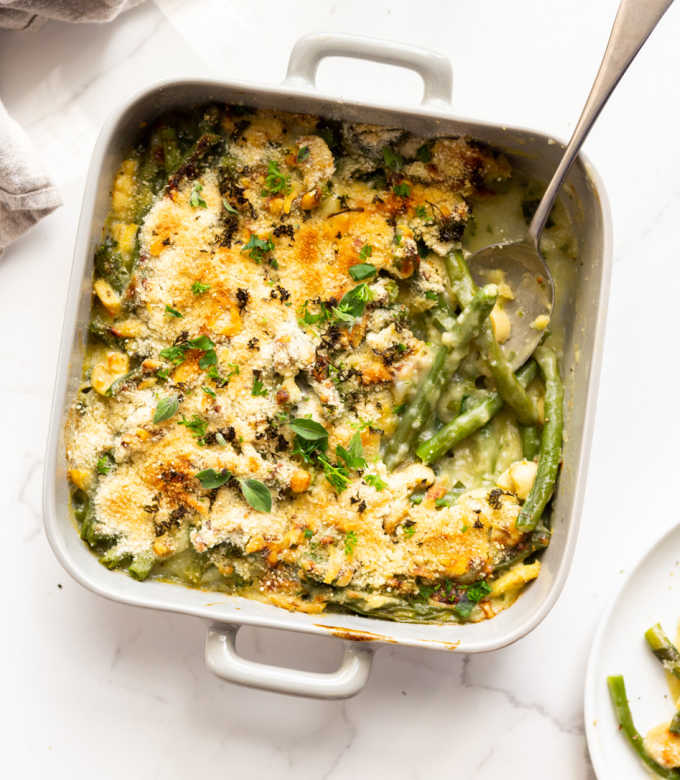
Classic Sides
Think mashed potatoes, green peas (yes, these are low FODMAP in ¼ cup servings), roasted broccoli, sweet potato casserole, roast vegetables, green beans with crispy bacon or green bean casserole.
There are plenty of delicious low FODMAP options to choose from.
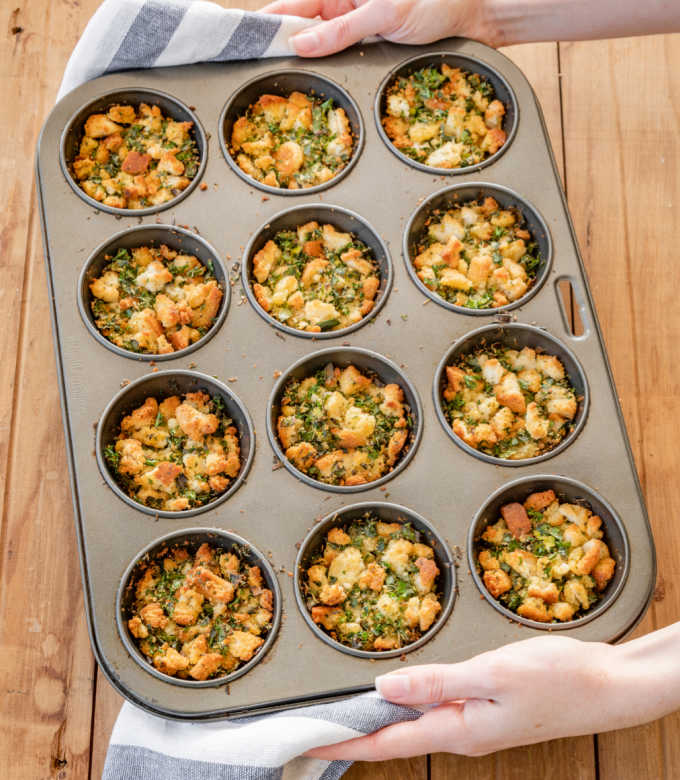
Homemade Stuffing
This golden crunchy stuffing is the perfect side dish for your low FODMAP turkey. You can cook it in individual servings using a muffin tin or in a casserole dish, depending on what you prefer.
Member tip: “Cook your stuffing separately, not inside the turkey. Cooking the stuffing in the turkey can be unsafe because bacteria like Salmonella can survive in the stuffing if it doesn’t reach a safe internal temperature of 165°F (74°C), which can cause food poisoning.”
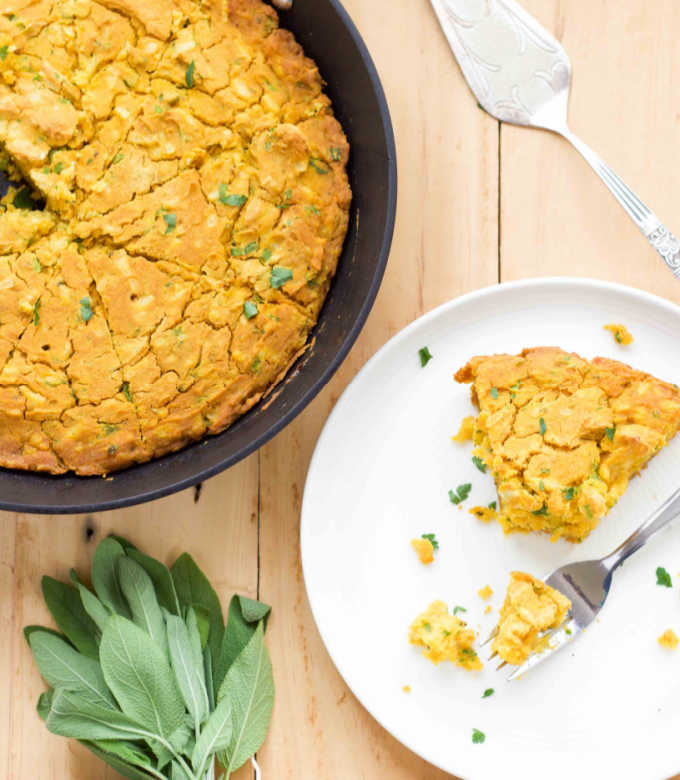
Savoury Cornbread
This warm and savoury pumpkin & sage cornbread makes a lovely side dish for your Thanksgiving table. You can make it using pureed pumpkin or low FODMAP pumpkin soup.

Sauces
Homemade cranberry sauce is a must for Thanksgiving. You can also make low FODMAP turkey gravy from the neck and giblets.
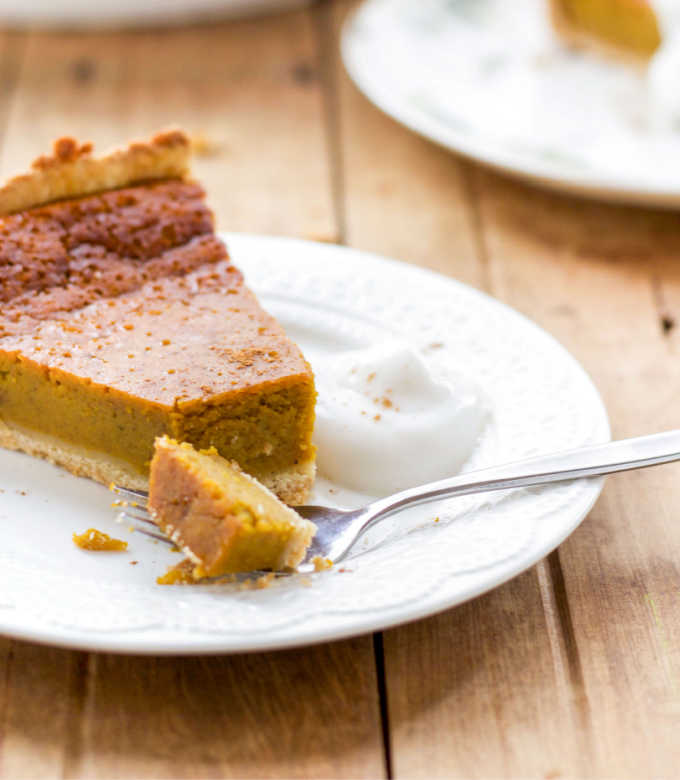
Dessert
There are so many delicious desserts you can enjoy on the low FODMAP diet. Pumpkin pie, sticky date self saucing pudding, and raspberry and dark chocolate brownie are some of our favourites.
Making the Most of Leftovers
Leftover turkey is incredibly versatile and you can use it for soups, salads or sandwiches. One member recommends turning leftovers into a hearty soup the next day. Try swapping the ham for turkey in this recipe.
Final Thoughts
With a little planning, preparing a low FODMAP turkey doesn’t need to be stressful. Choose your thawing method, season simply with butter, herbs and citrus, roast with care, and round it out with a variety of low FODMAP sides.
By following these steps and the helpful tips from our community, you’ll have a turkey feast that’s flavorful and gentle on the tummy. If you need more support then join our low FODMAP Recipe Club and we can help you convert your favourite holiday dishes into low FODMAP options.
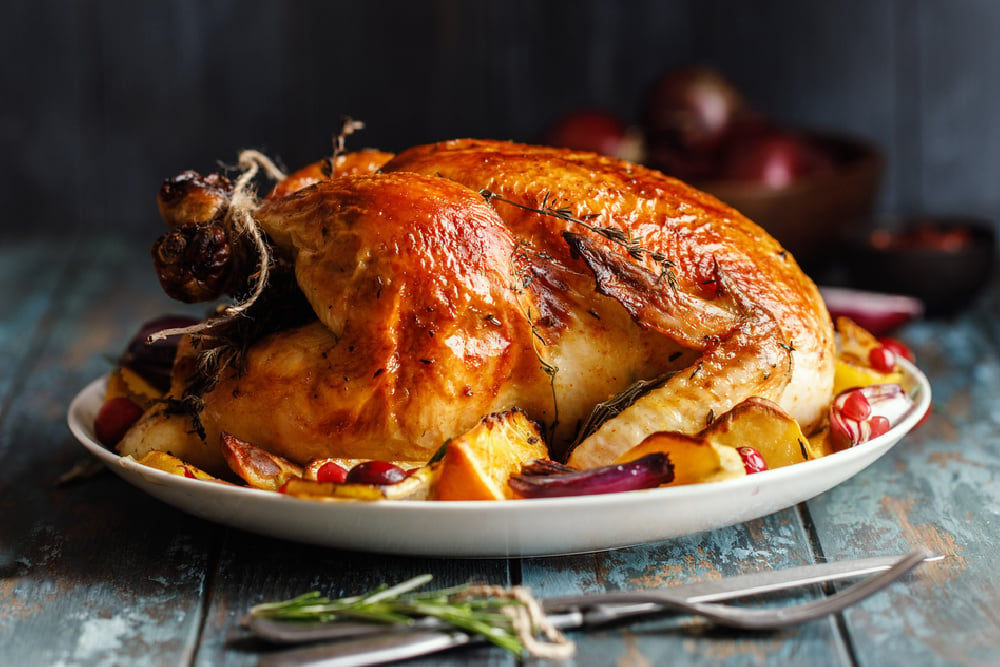

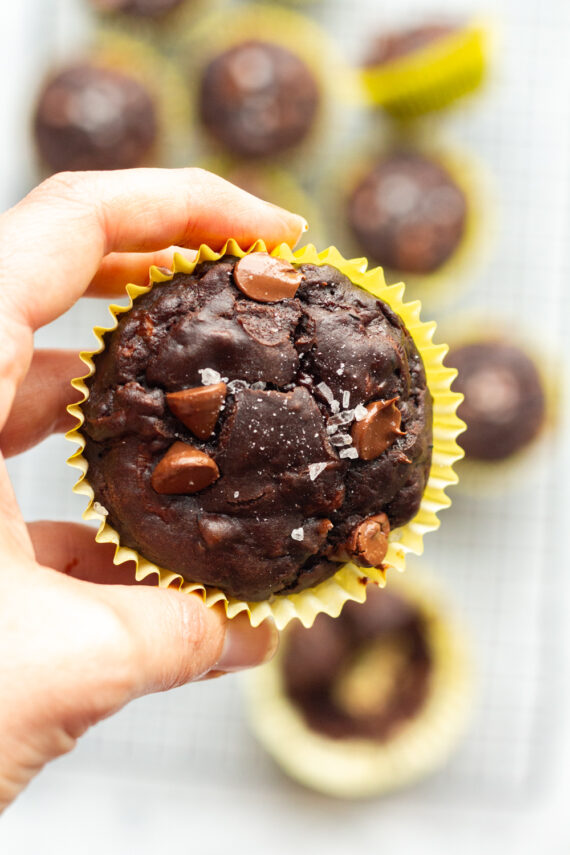

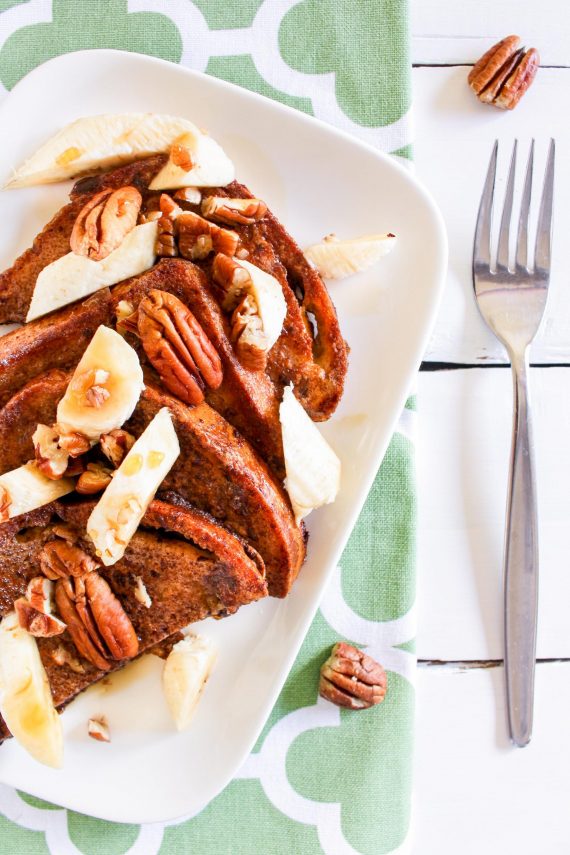






Leave a Reply